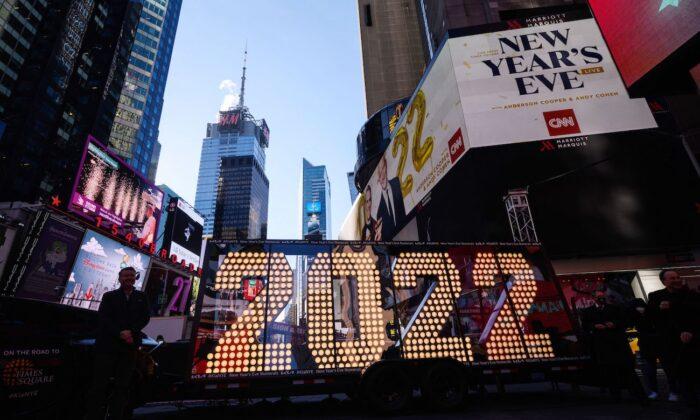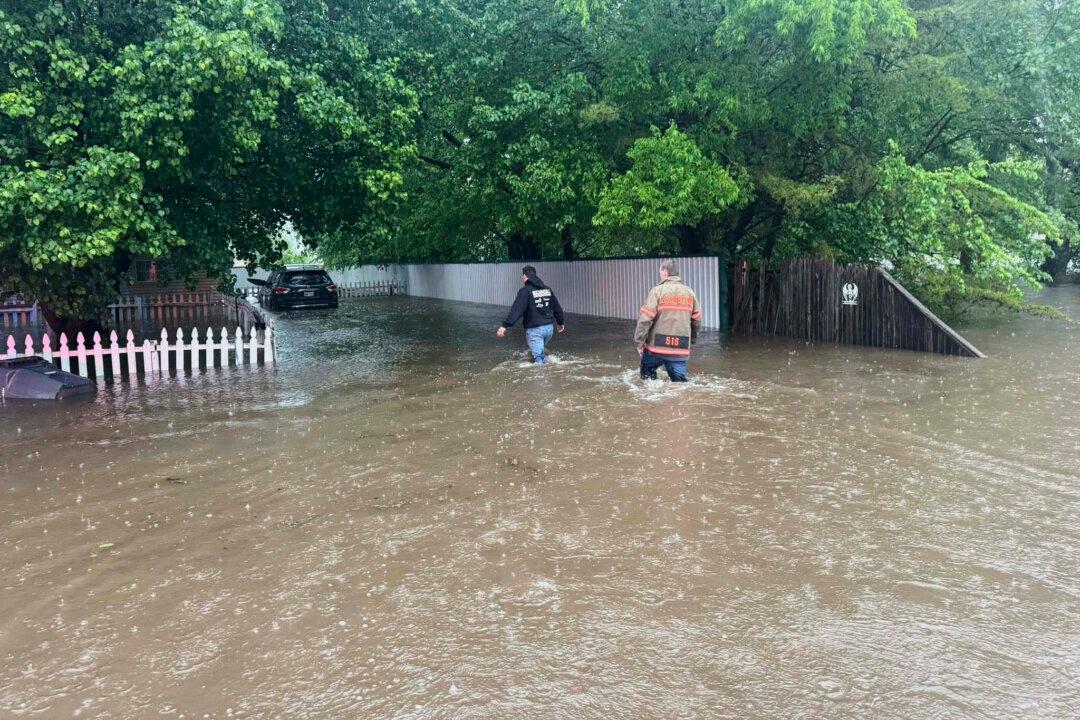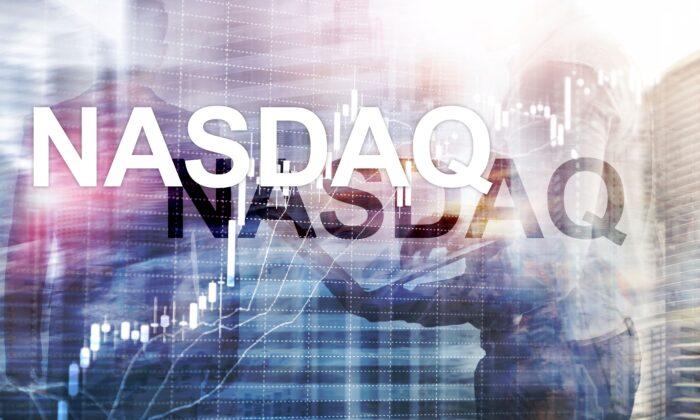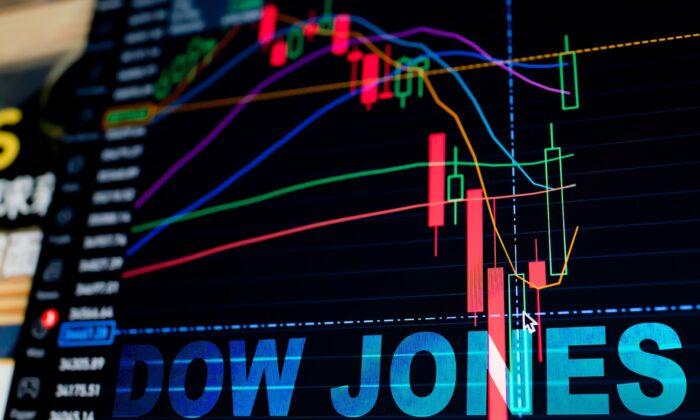NEW YORK—Next week’s New Year’s Eve celebration in Times Square will still go on, just not with as many revelers as usual because of COVID-19, Mayor Bill de Blasio announced Thursday.
Viewing areas that normally accommodate about 58,000 people will be limited to about 15,000 to allow for more distancing, and everyone in attendance must show proof of vaccination and wear a mask.
The changes were made as the Big Apple grapples with a spike in virus cases, fueled by the rapid spread of the omicron variant. On Tuesday, the city set a one-day record with 17,200 new cases.
The surge has led to the cancellation of concerts, sporting events and Broadway shows, but de Blasio has shown a strong preference for having the annual Times Square ball drop go on as planned.
Little more than a month ago, de Blasio gleefully announced that a fully vaccinated crowd of hundreds of thousands of people would be back at the iconic celebration after it was limited last year to small groups of essential workers. But that was before omicron caught fire.
De Blasio said Thursday that the city is monitoring the situation and will announce additional precautions if needed. Among the other changes announced Thursday, revelers won’t be allowed into viewing areas until 3 p.m., much later than in past years.
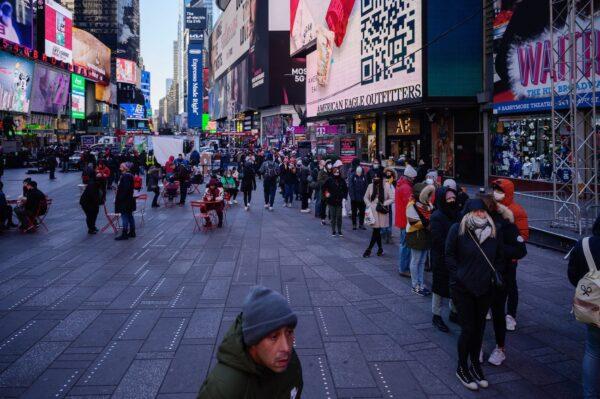
On New Year’s Eve last year, Times Square was mostly empty, with Jennifer Lopez and other artists performing behind police barricades to small groups made up of essential workers.
After vaccines became widely available in the U.S., the city allowed crowds back to the Macy’s Fourth of July fireworks, the Macy’s Thanksgiving Parade and other events.
